March is Women’s History Month, a time dedicated to honoring the achievements and contributions of women throughout history. It’s a time to recognize the progress made in the pursuit of gender equality and to celebrate the remarkable women who have broken barriers and shattered stereotypes in various fields, including sports.
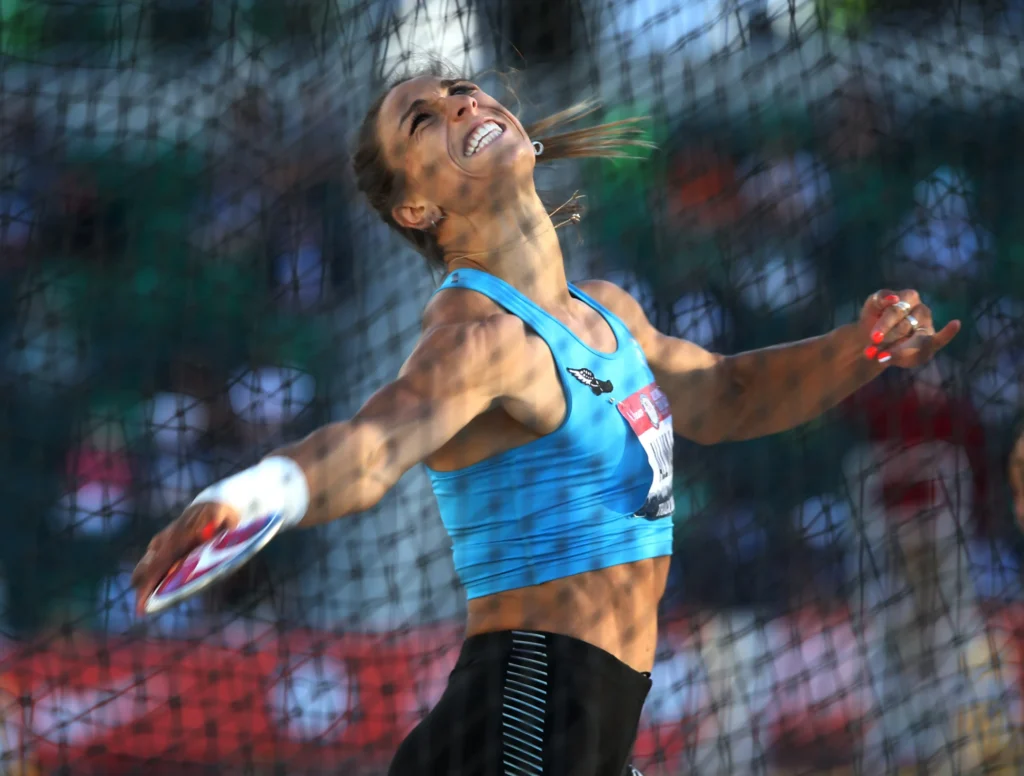
In the realm of athletics, women have long fought for recognition, equal opportunities, and respect. From trailblazers who paved the way for future generations to groundbreaking moments that captivated the world, women’s sports history is filled with triumphs and milestones. Throughout history, women have faced numerous obstacles in sports, including being barred from competing and battling against unequal pay and limited opportunities. However, their perseverance and determination have led to remarkable advancements, inspiring generations of female athletes to pursue their dreams and defy expectations.
Let’s delve into just some iconic moments that have shaped women’s sports across different disciplines and specifically highlight significant achievements in track and field.
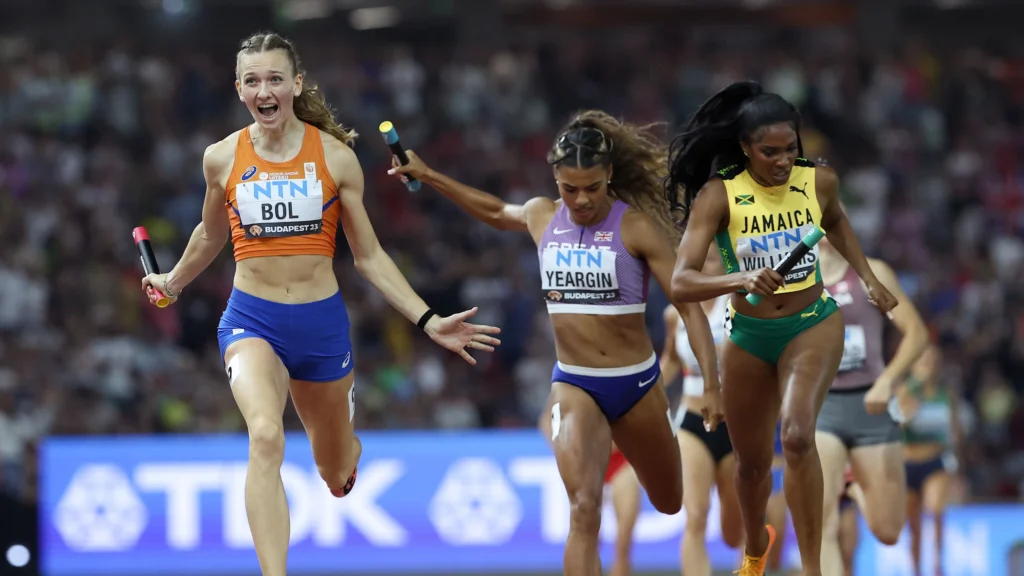
Breaking Barriers: Iconic Moments in Women’s Sports
Women’s Inclusion in the Olympic Games (1900)
The inclusion of women in the Olympic Games marked a significant step forward for gender equality in sports. In 1900, at the Paris Olympics, women were allowed to compete for the first time, participating in events such as tennis, sailing, and golf. This historic milestone laid the foundation for women’s increased participation and recognition in the Olympic movement.
Passage of the Civil Rights Act (1964)
While not specific to sports, the passage of the Civil Rights Act of 1964 was instrumental in combating discrimination based on race, color, religion, sex, or national origin. This landmark legislation paved the way for greater inclusivity and equal opportunities for women in sports, helping to dismantle institutional barriers and discriminatory practices.
Title IX Expansion to Athletics (1972)
While Title IX is primarily associated with gender equity in education, including sports, its impact on women’s athletics cannot be overstated. The legislation required educational institutions receiving federal funding to provide equal opportunities for female athletes, leading to a dramatic increase in women’s participation in sports and the growth of women’s collegiate athletics programs.
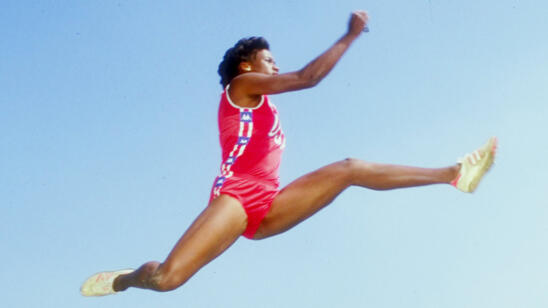
Ted Stevens Olympic and Amateur Sports Act (1998):
The Ted Stevens Olympic and Amateur Sports Act, signed into law in 1998, aimed to reform and modernize the governance of amateur sports in the United States. This legislation designated the United States Olympic Committee (USOC) as the central coordinating body for amateur sports and granted it expanded authority over Olympic-related matters. Crucially, the Act included provisions to promote gender equality in sports, mandating that national governing bodies ensure equal opportunities for men and women in training, competition, and support.
Name, Image, and Likeness (2021)
The recent introduction of Name, Image, and Likeness (NIL) deals in college sports represents a significant development in the realm of women’s athletics. NIL legislation allows college athletes, including female athletes, to profit from their name, image, and likeness while still maintaining their amateur status. This shift has the potential to empower female athletes to leverage their platform, talent, and influence to secure endorsement deals, sponsorships, and other opportunities that were previously unavailable to them.
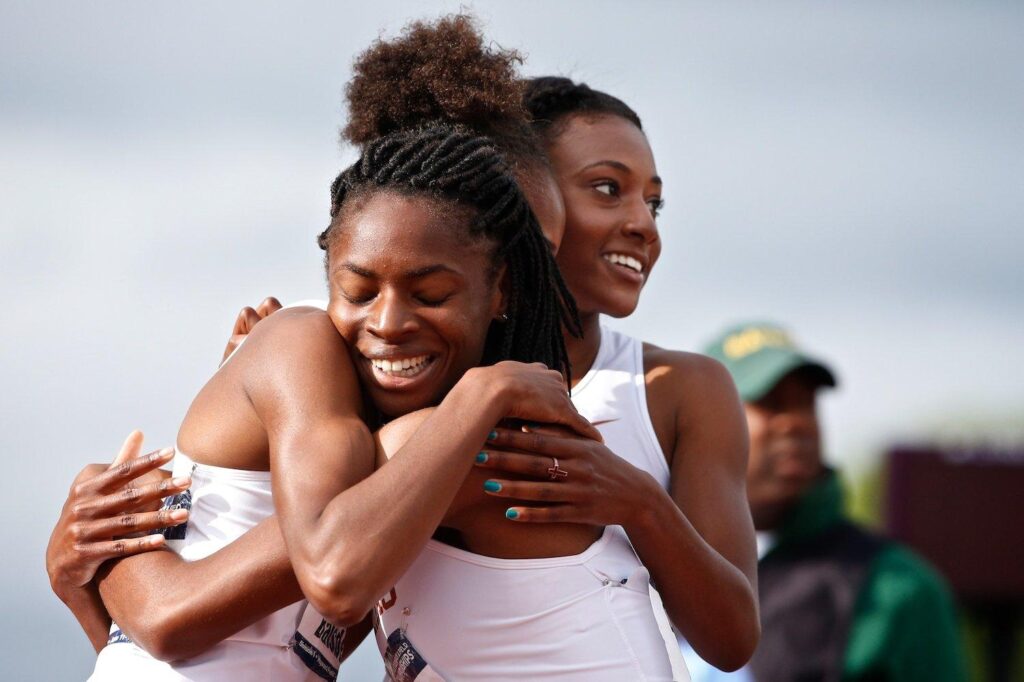
Iconic Moments in Track and Field
Introduction of Women’s Track and Field Events at the Olympics (1928):
The 1928 Amsterdam Olympics marked the first time that women were allowed to compete in track and field events at the Olympic Games. Initially, women were limited to competing in just five events: 100m, 800m, 4x100m relay, high jump, and discus throw. This historic decision provided female athletes with a platform to showcase their talents on the world stage and marked a crucial step forward in the recognition of women’s participation in athletics.
Fanny Blankers-Koen’s Olympic Triumph (1948):
Fanny Blankers-Koen, known as the “Flying Housewife,” made history at the 1948 London Olympics by winning four gold medals in the 100m, 200m, 80m hurdles, and 4x100m relay events. Despite being a mother of two, she defied societal expectations and proved that women could excel in athletics at the highest level.
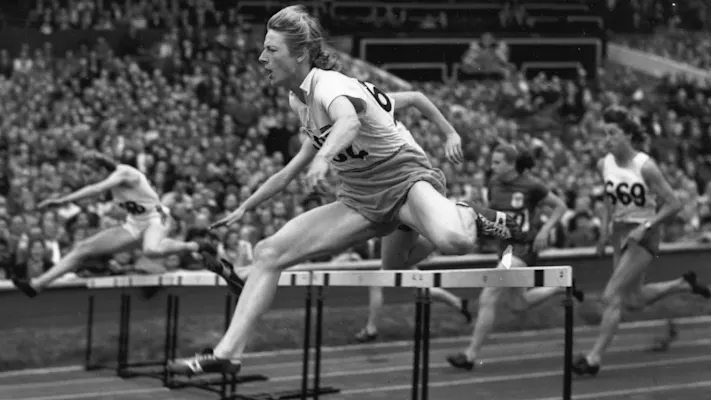
Expansion of Women’s Events in the Olympics (1960s-1970s):
Over the years, the number of track and field events available to female athletes at the Olympic Games has steadily increased. In the 1960s and 1970s, additional events such as the 200m, 400m, long jump, shot put, and pentathlon were introduced, providing female athletes with more opportunities to compete and excel.
Kathrine Switzer’s Boston Marathon Run (1967):
Kathrine Switzer became the first woman to officially enter and complete the Boston Marathon in 1967, despite attempts by race officials to remove her from the course. Her defiance against gender barriers paved the way for greater inclusivity in distance running and challenged perceptions of women in sports.
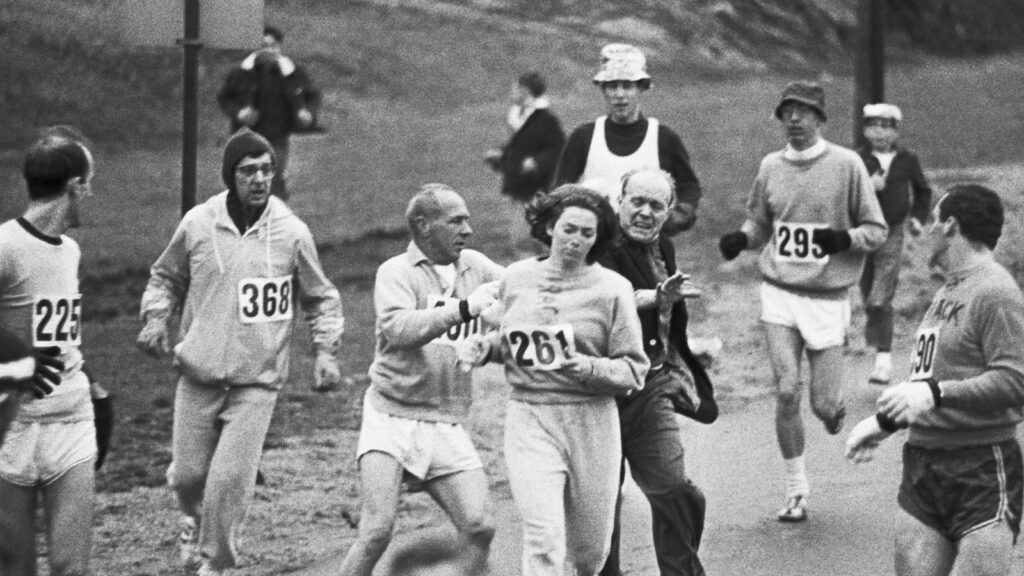
Women’s 10,000 Meters Added to Olympic Program (1996):
The introduction of the women’s 10,000 meters race at the Olympic Games in 1996 marked a significant milestone for female distance runners. Prior to this, the longest track event for women was the 3,000 meters. The addition of the 10,000 meters provided female athletes with another opportunity to showcase their talents on the global stage and highlighted the expanding recognition of women’s capabilities in long-distance running.
Sanya Richards-Ross’ Olympic Triumphs (2004, 2008, 2012):
Sanya Richards-Ross, an American sprinter, captured multiple Olympic gold medals in the 4x400m relay and the individual 400m event. Her consistency and success on the international stage have cemented her legacy as one of the most decorated female sprinters in history. Beyond her achievements on the track, she advocates for gender equality and empowers young athletes, particularly girls and women, to pursue their dreams. Richards-Ross’ memoir, “Chasing Grace,” shares her journey and inspires others to overcome obstacles with courage.
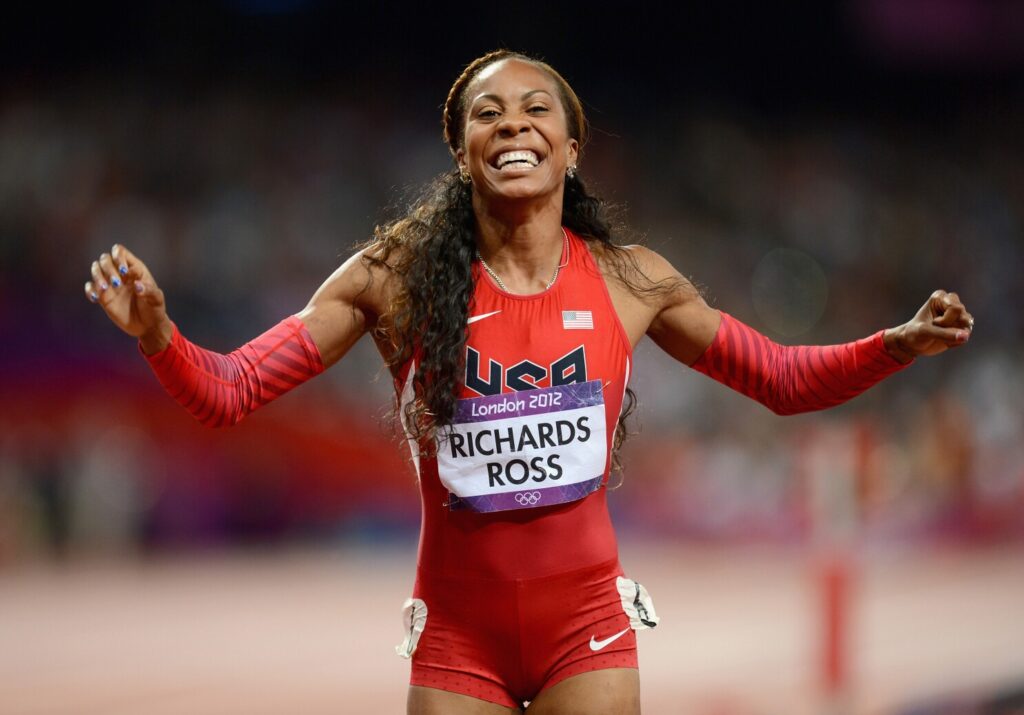
More to Come
From breaking gender barriers at the Olympic Games to shattering world records and advocating for equality in sports, women have left an indelible mark on the sport of track and field.
As we celebrate Women’s History Month, it is essential to recognize the significant contributions of women to the sport of track and field and to continue championing gender equality and inclusivity in athletics. By honoring the legacy of female athletes and empowering the next generation of women in sports, we can ensure that the spirit of perseverance, excellence, and determination continues to thrive for years to come.


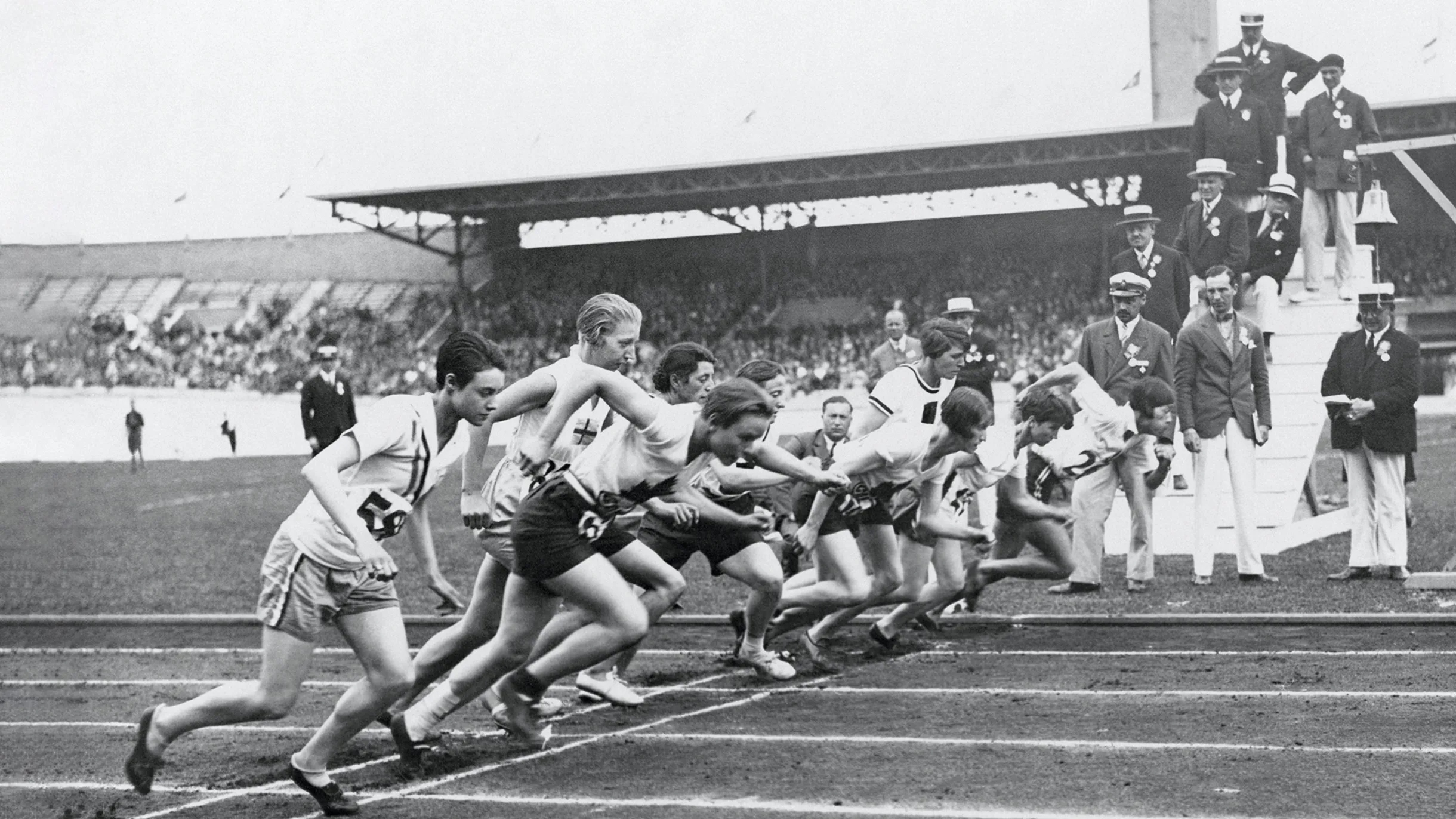


Leave a Reply